Crinoids Home Decor Wall Display Dinosaur Fossil Pirate Gold Coins Jurassic

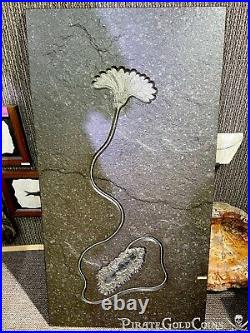
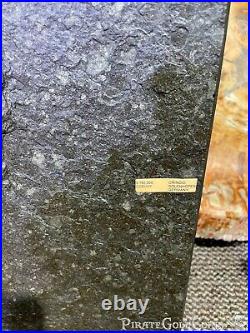
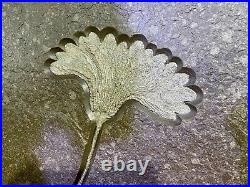


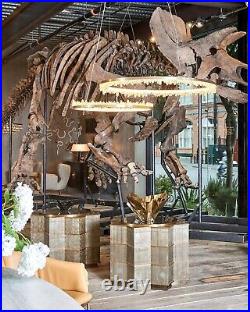
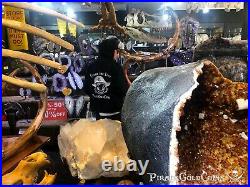
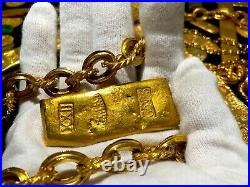




Crinoids Home Decor Wall Art. Pirate Gold Coins Treasures of the Jurassic. Pirate Gold Coins Treasures of the Jurassic Crinoid Wall Display ArtCrinoids are marine animals that make up the class Crinoidea, one of the classes of the phylum Echinodermata, which also includes the starfish, brittle stars, sea urchins and sea cucumbers. Those crinoids which, in their adult form, are attached to the sea bottom by a stalk are commonly called sea lilies, while the unstalked forms are called feather stars or comatulids, being members of the largest crinoid order, Comatulida. Adult crinoids are characterised by having the mouth located on the upper surface. This is surrounded by feeding arms, and is linked to a U-shaped gut, with the anus being located on the oral disc near the mouth. Although the basic echinoderm pattern of fivefold symmetry can be recognised, in most crinoids the five arms are subdivided into ten or more. These have feathery pinnules and are spread wide to gather planktonic particles from the water. At some stage in their lives, most crinoids have a stem used to attach themselves to the substrate, but many live attached only as juveniles and become free-swimming as adults.
There are only about 600 living species of crinoid, but the class was much more abundant and diverse in the past. Some thick limestone beds dating to the mid-Paleozoic to Jurassic eras are almost entirely made up of disarticulated crinoid fragments. This item is in the category "Collectibles\Animals\Prehistoric & Dinosaurs". The seller is "pirategoldcoins" and is located in this country: US.
This item can be shipped to United States.
